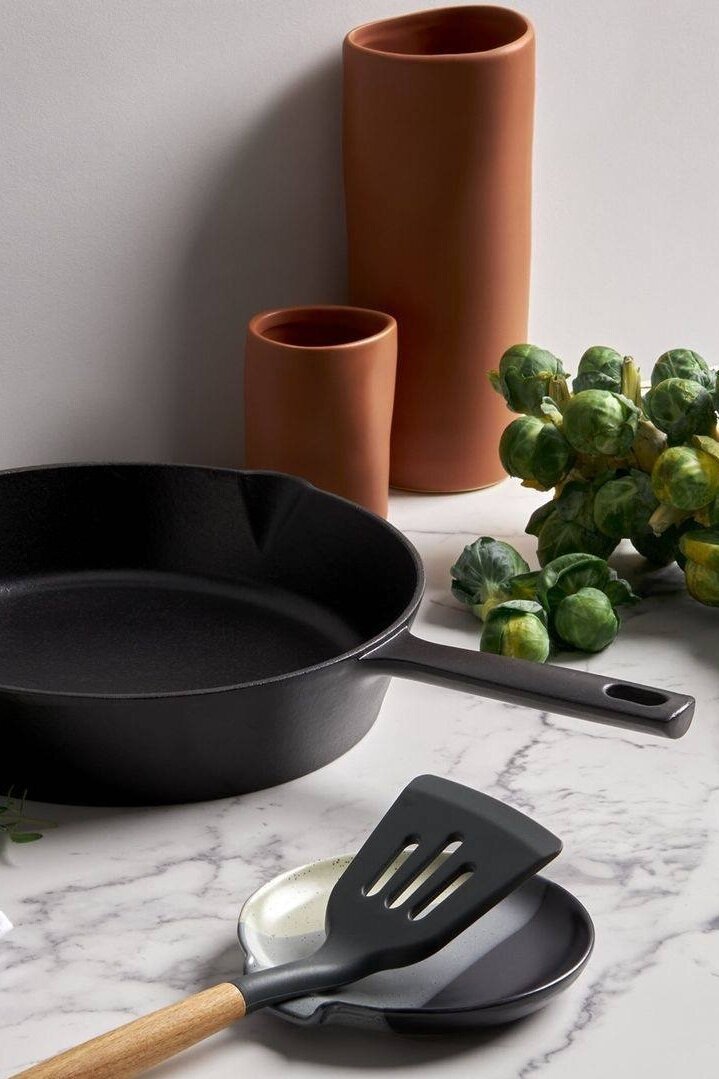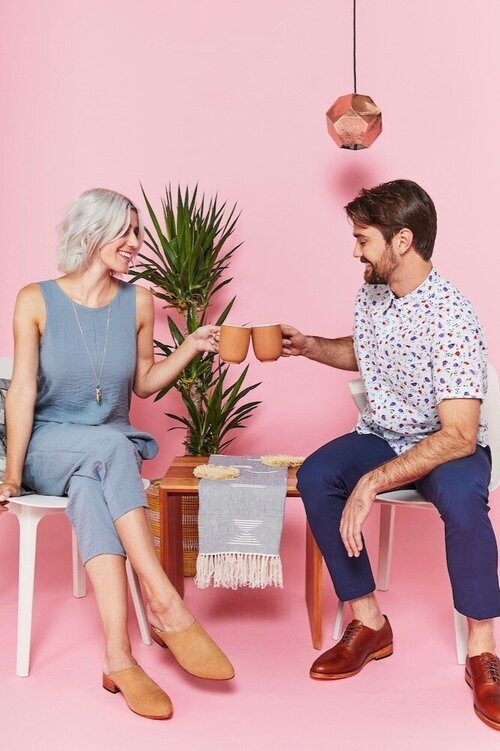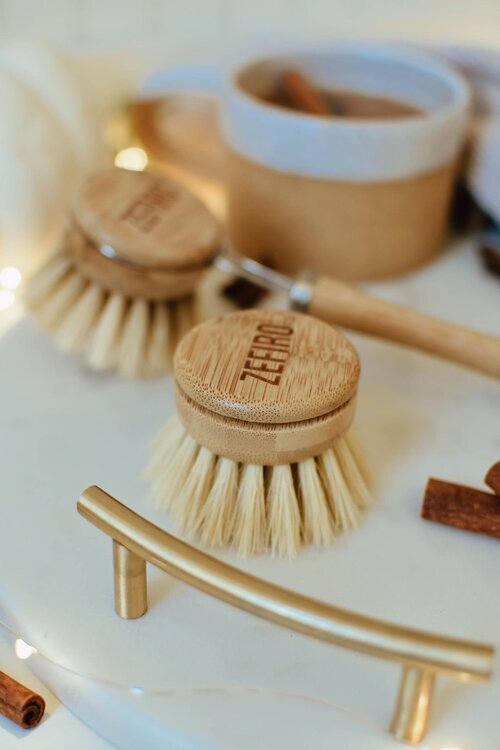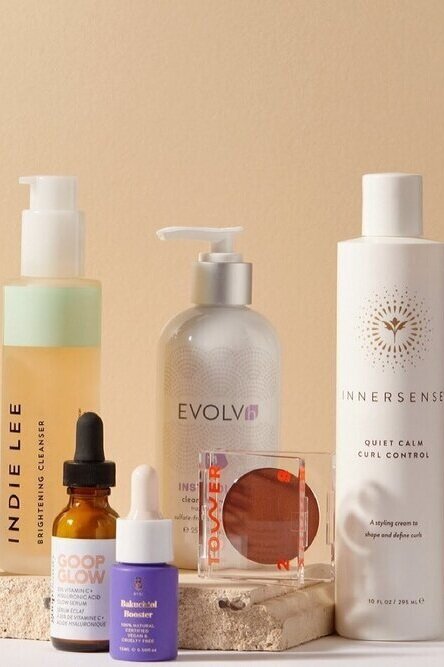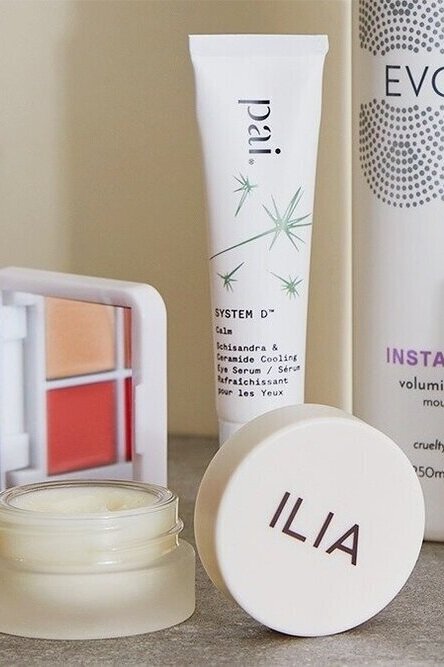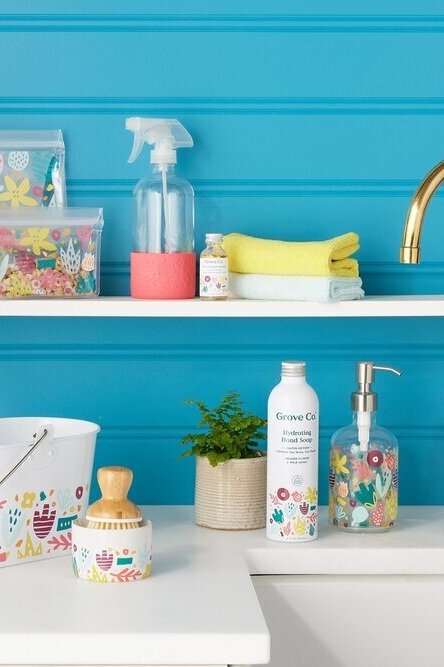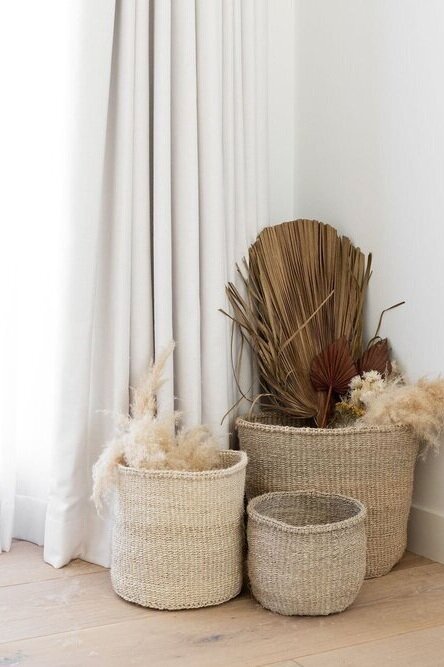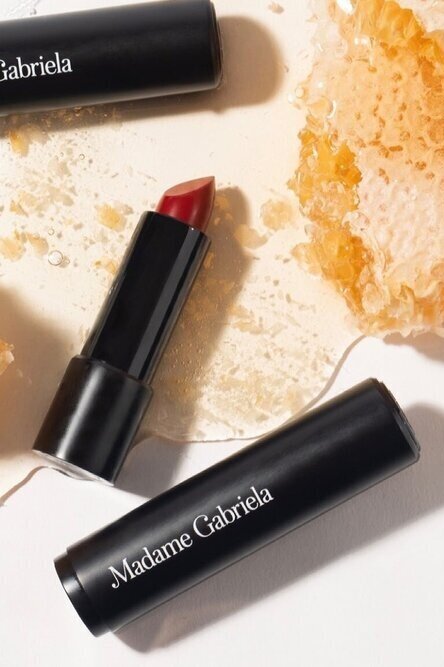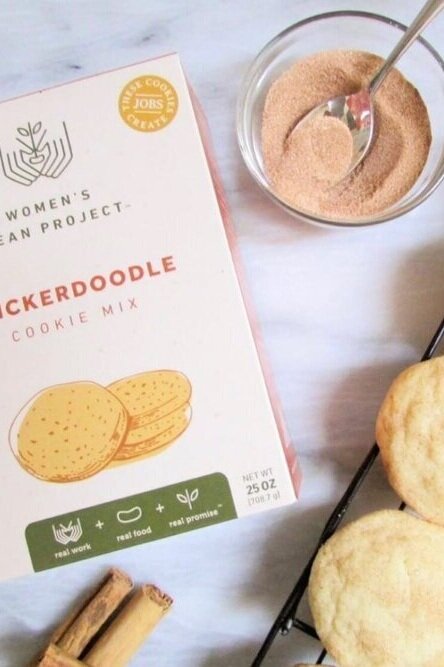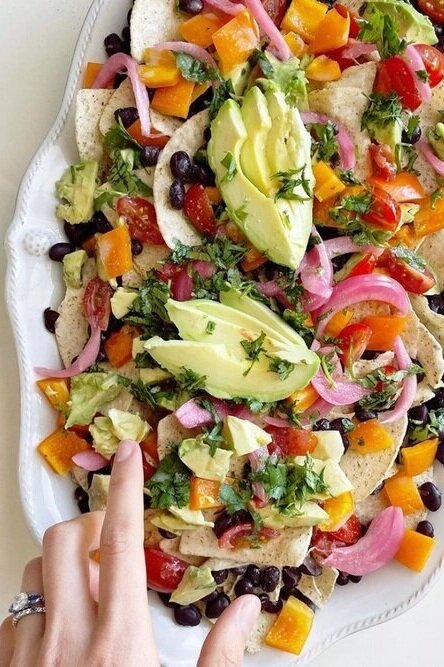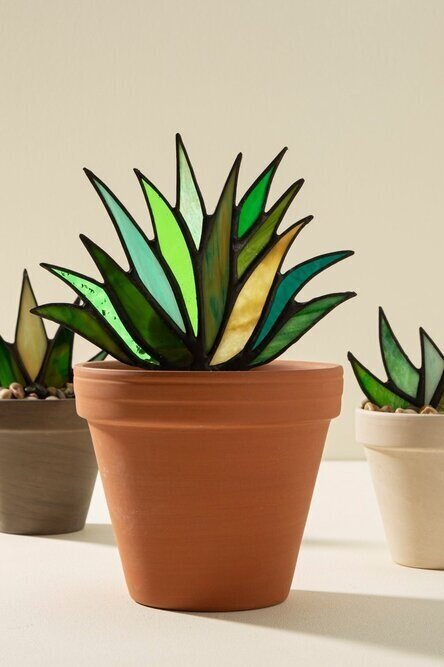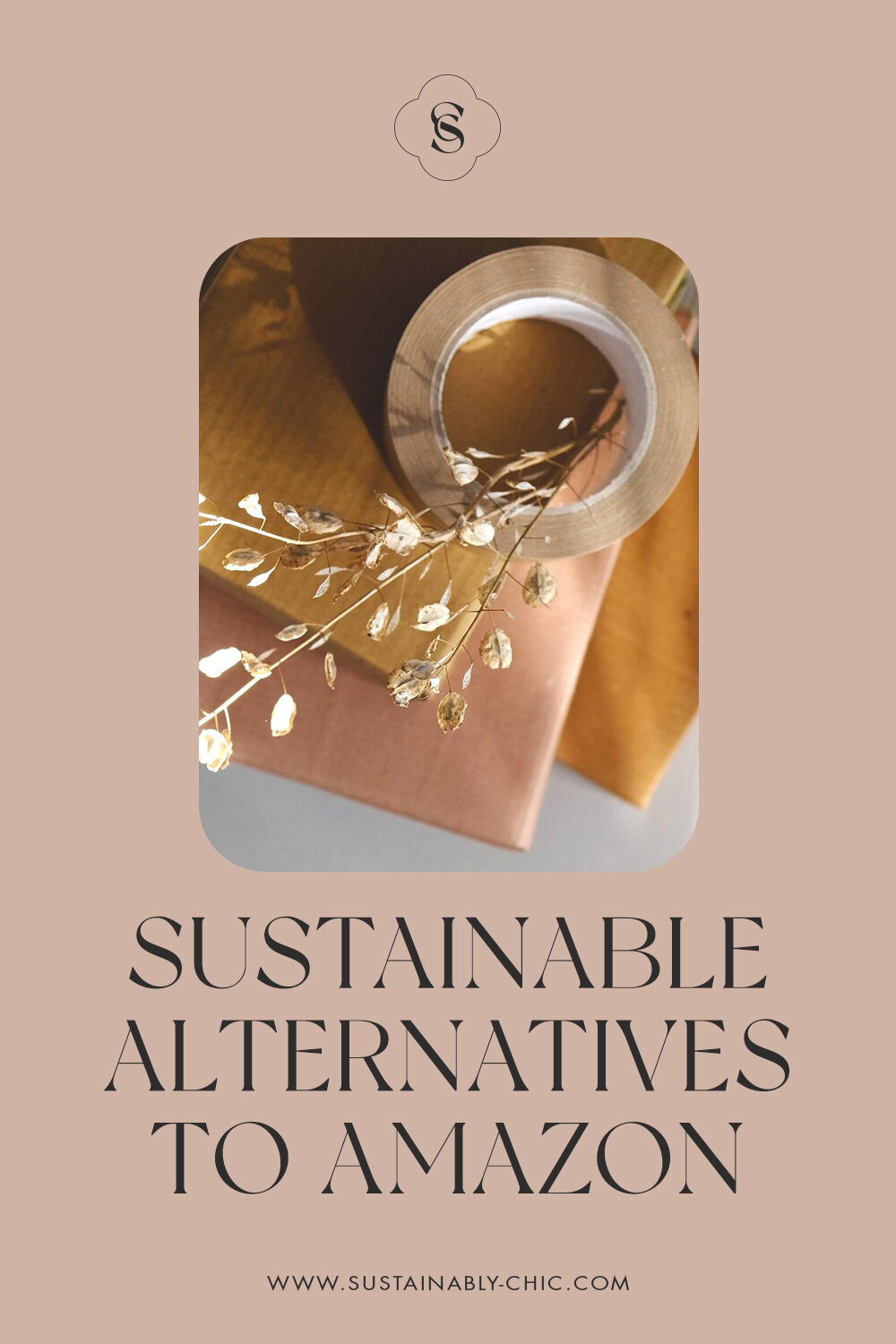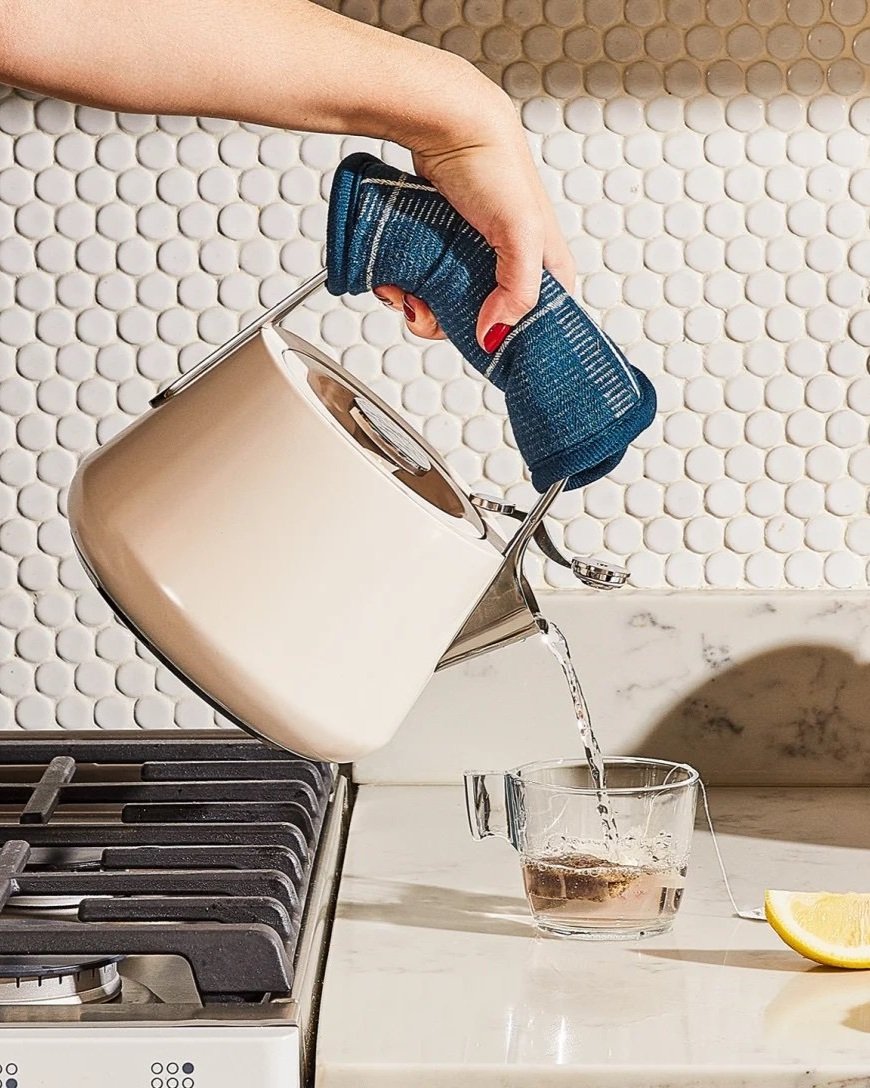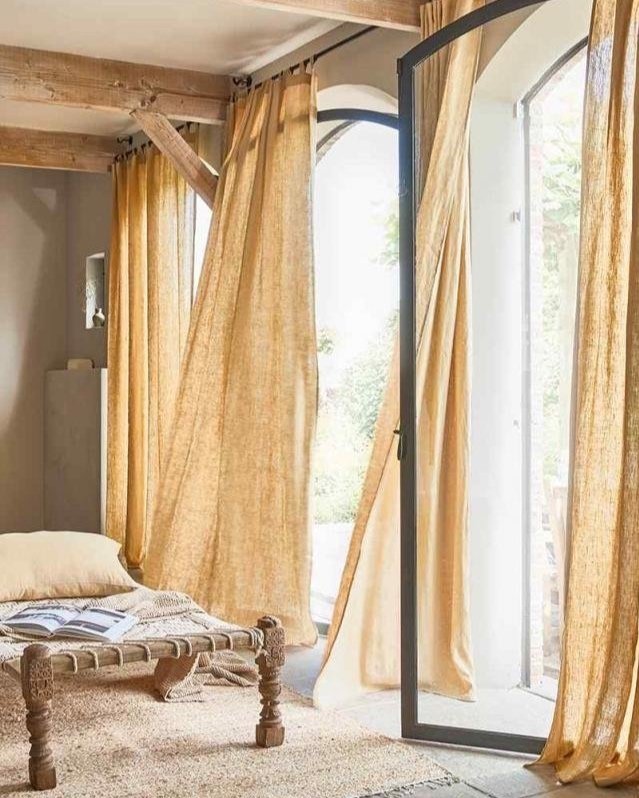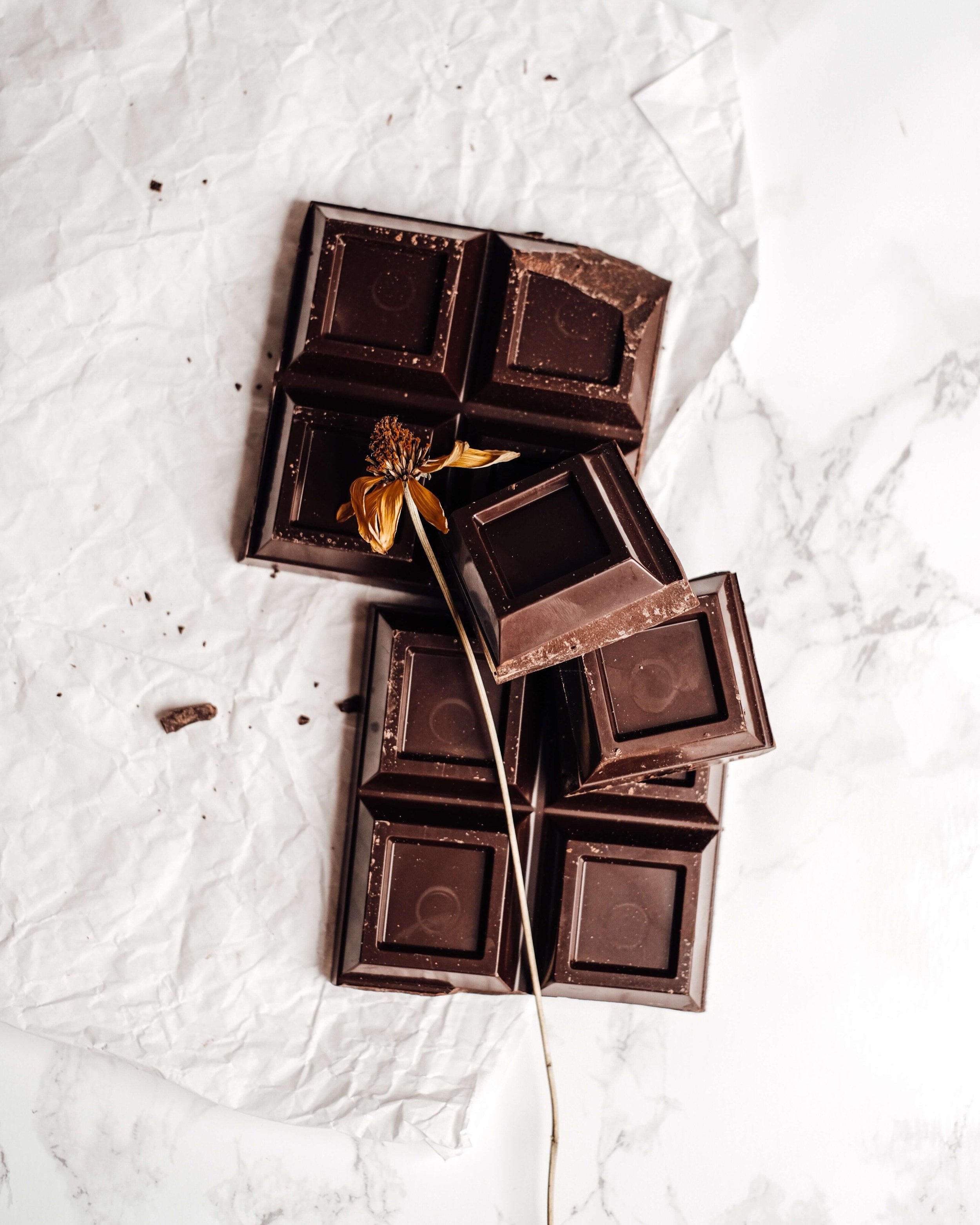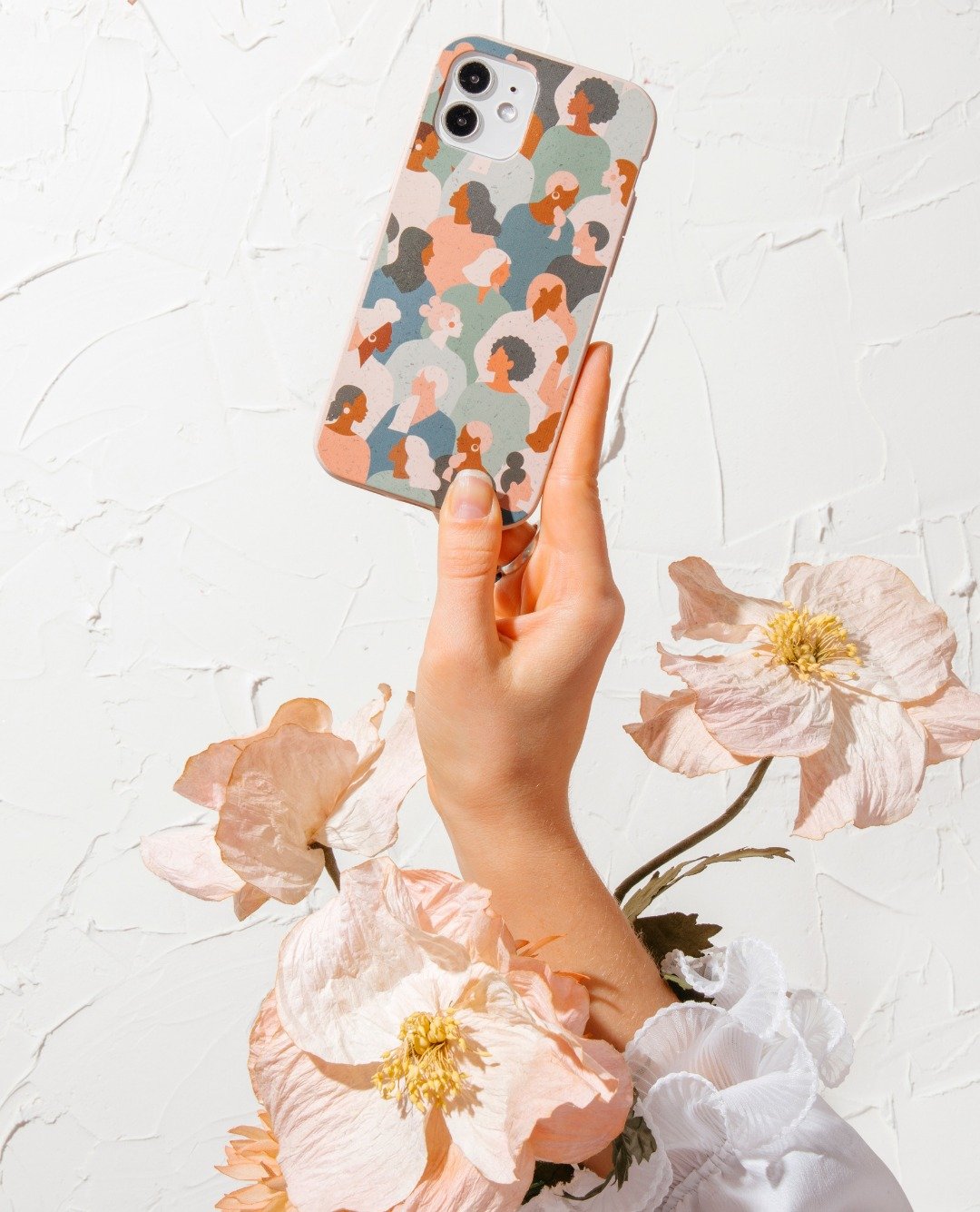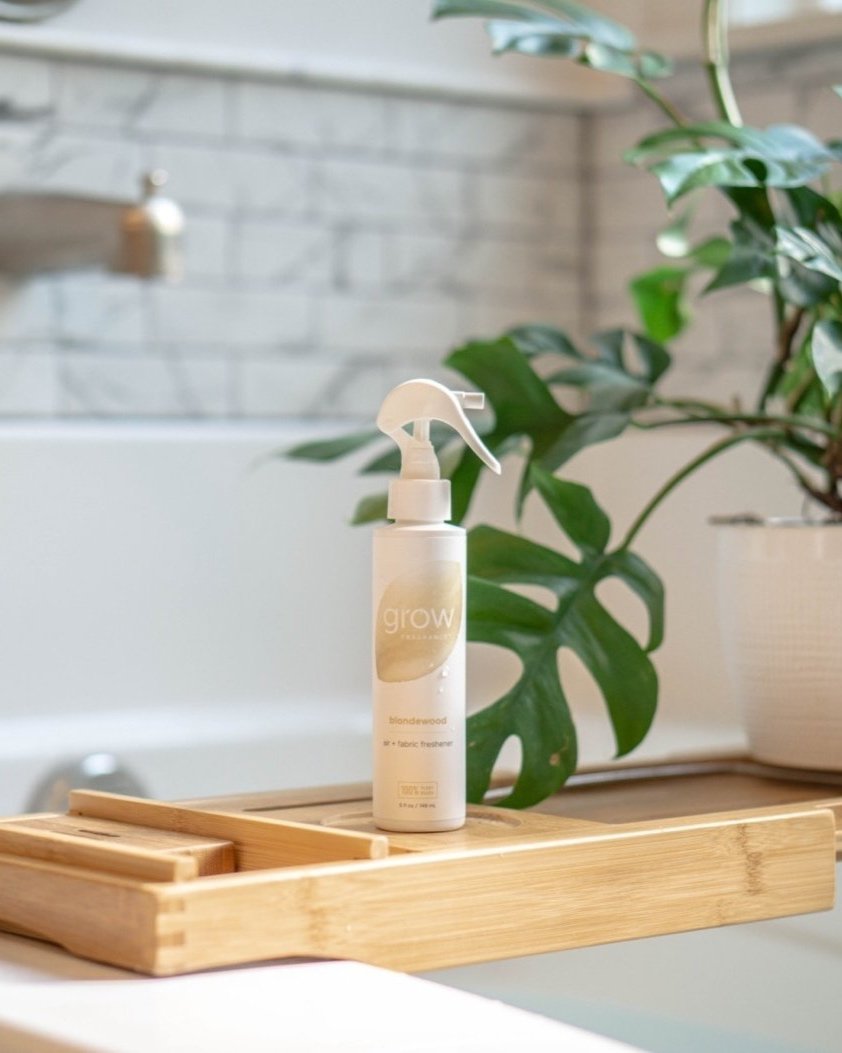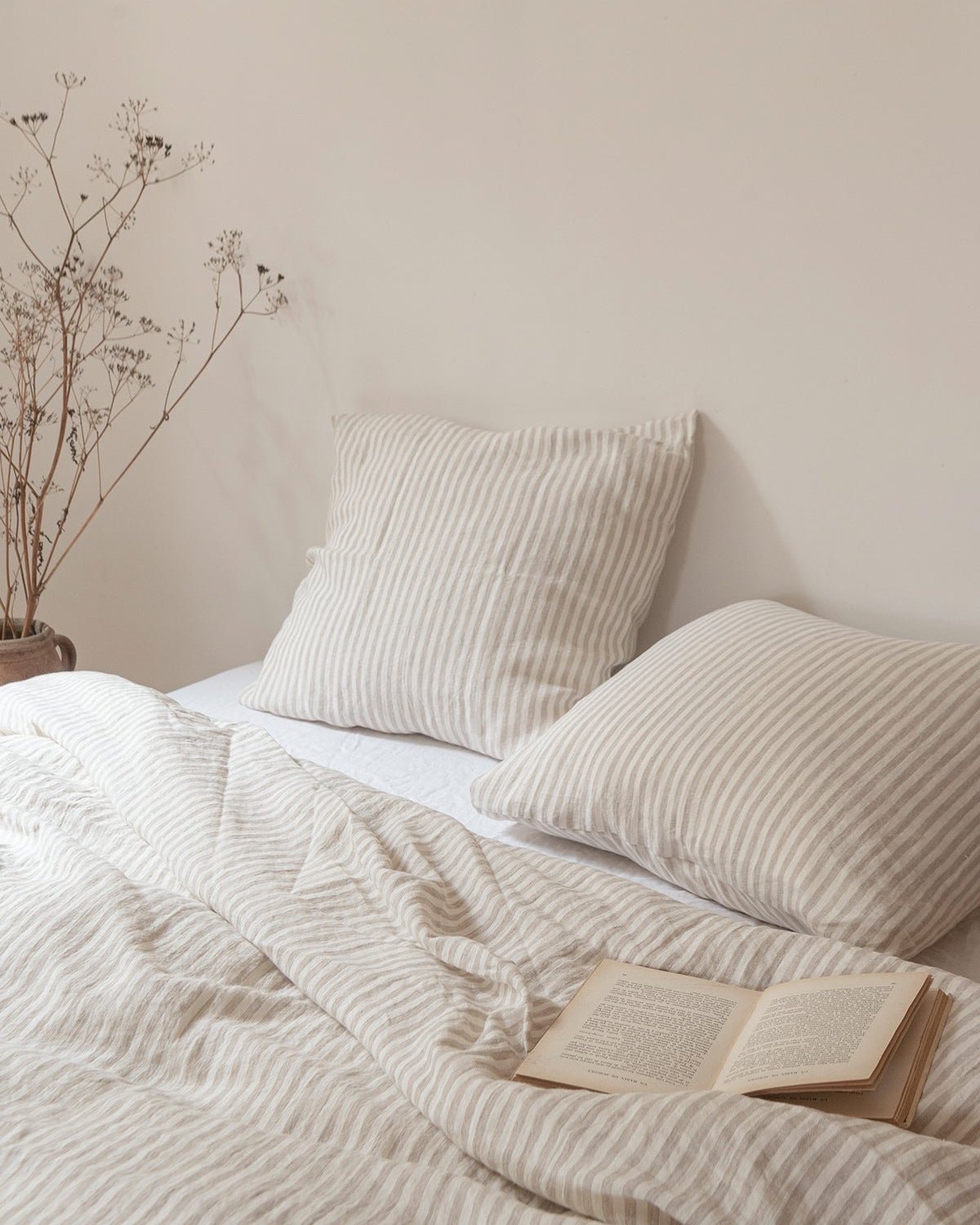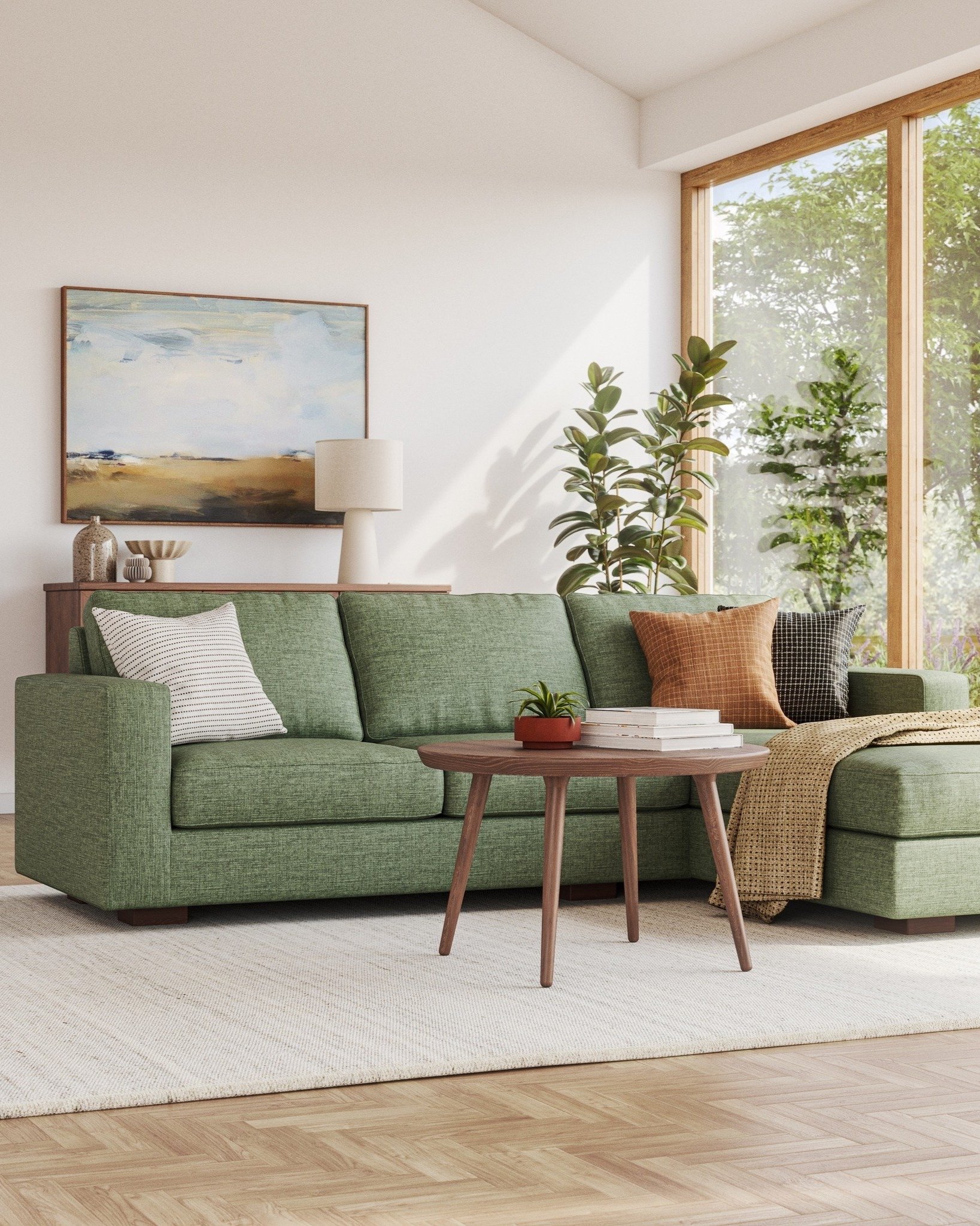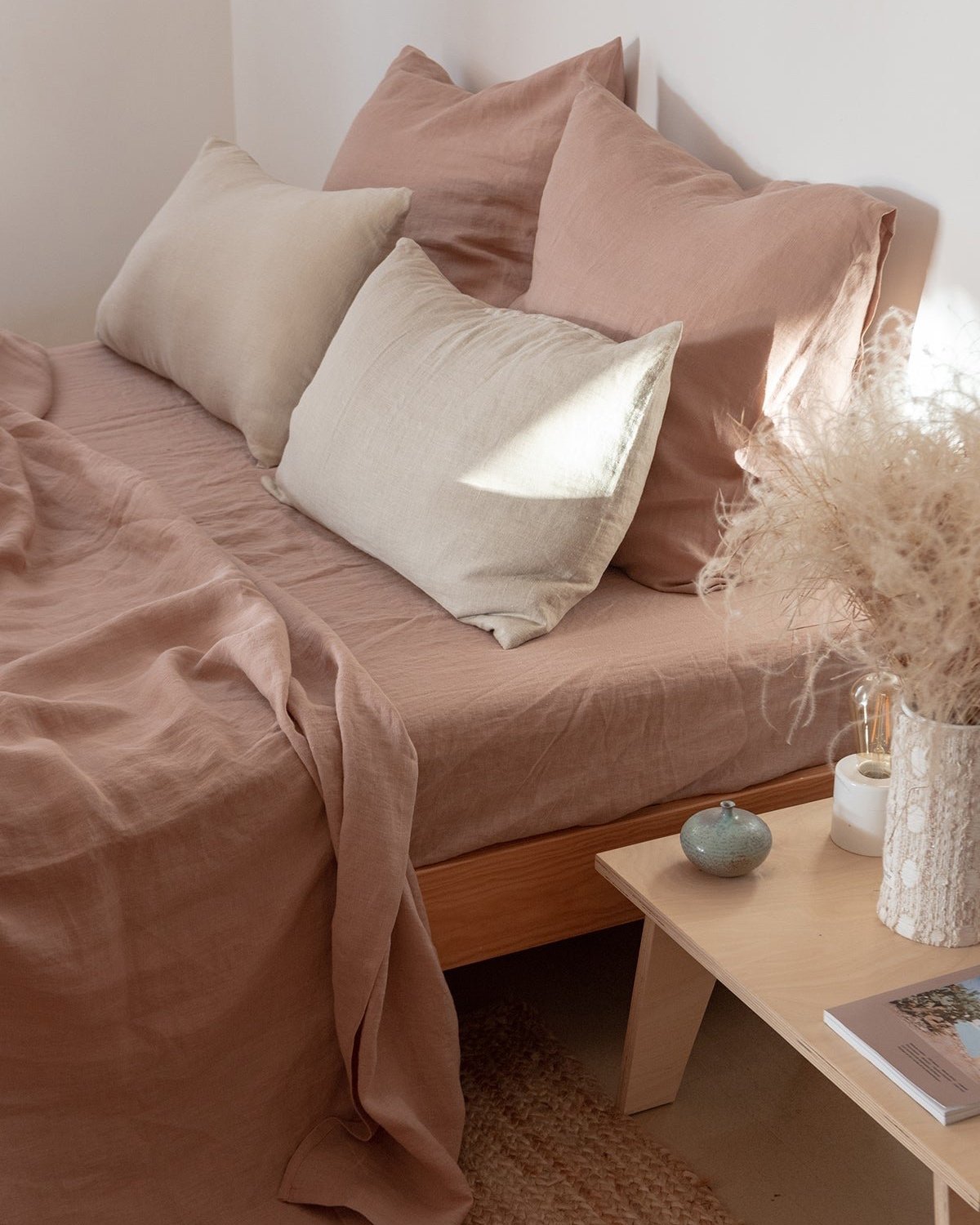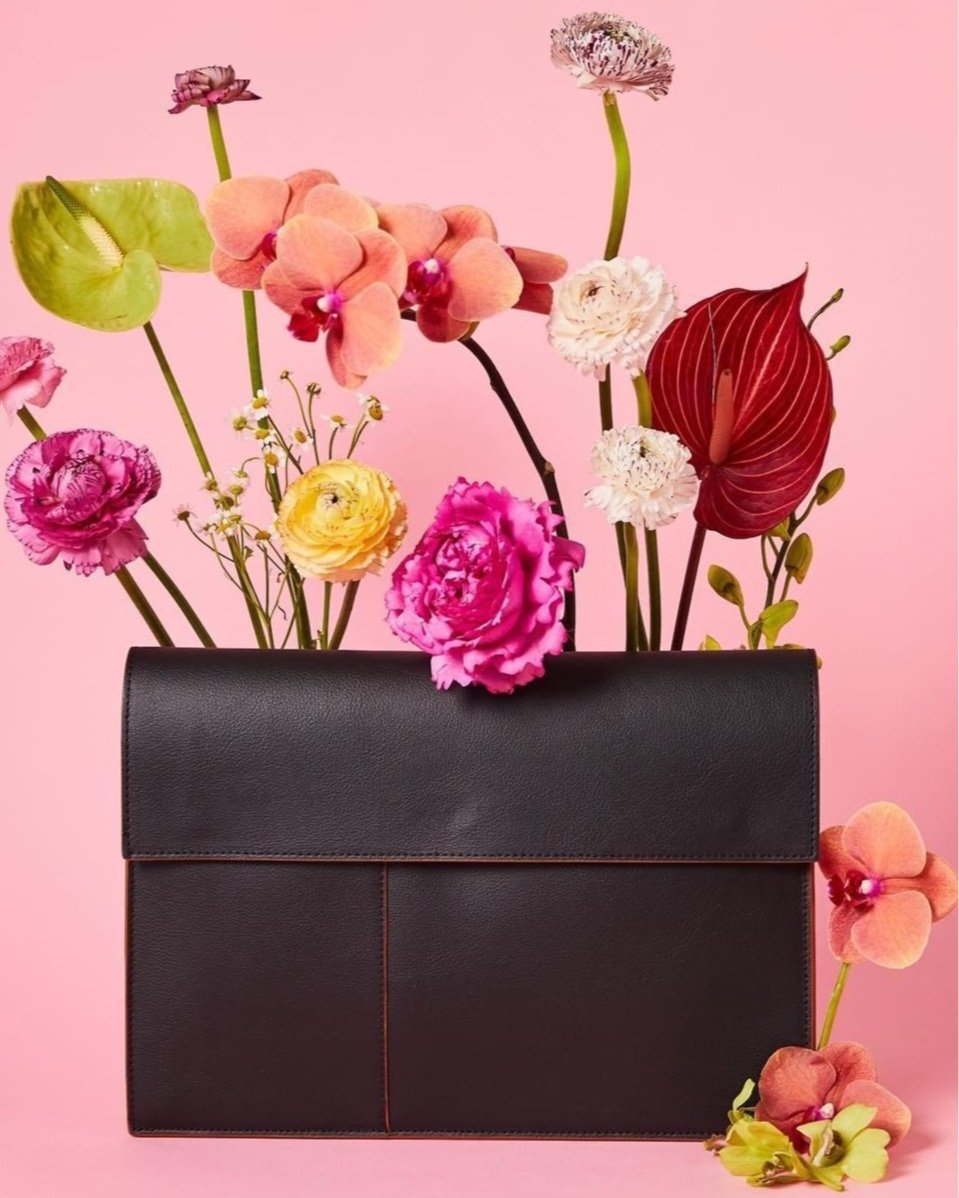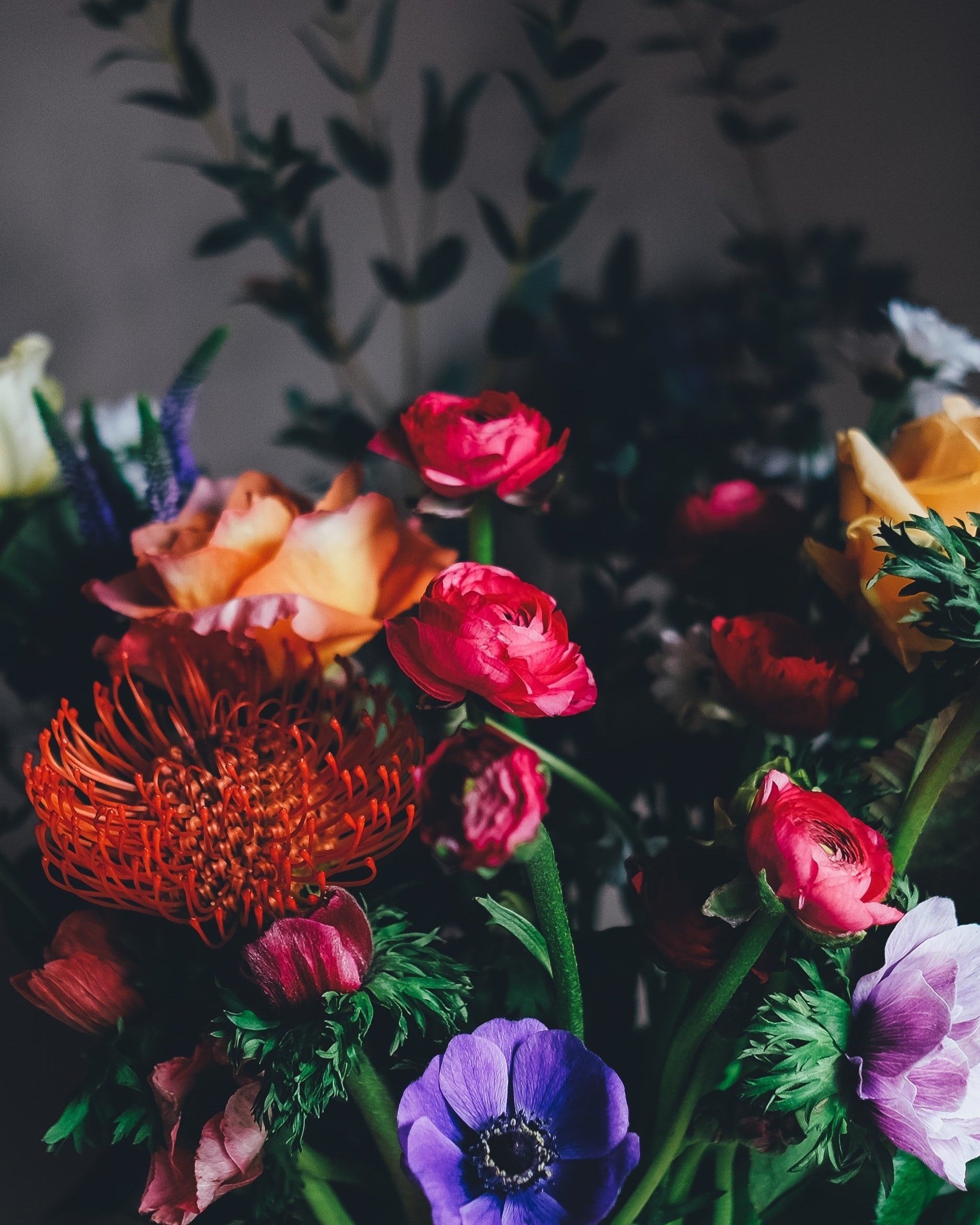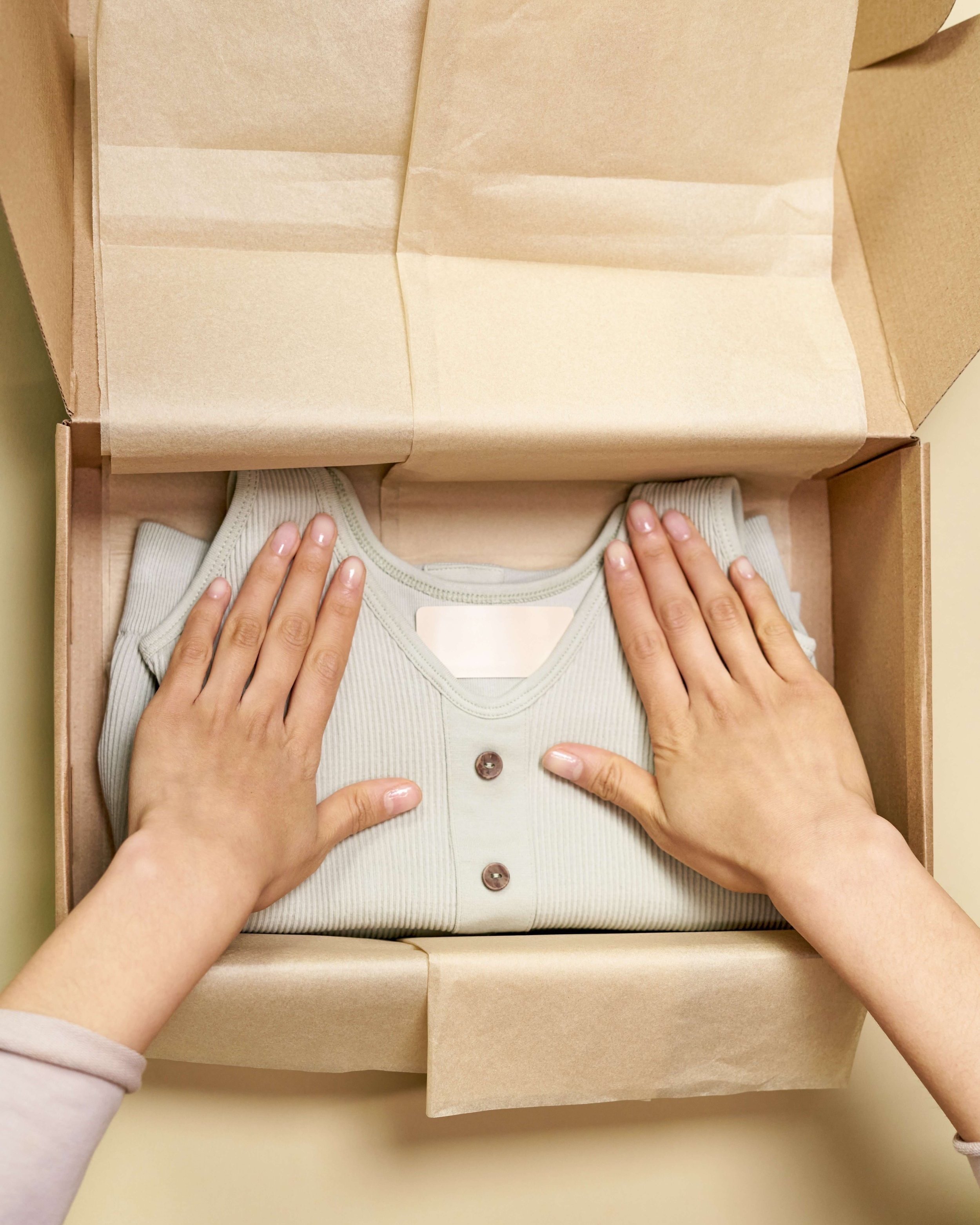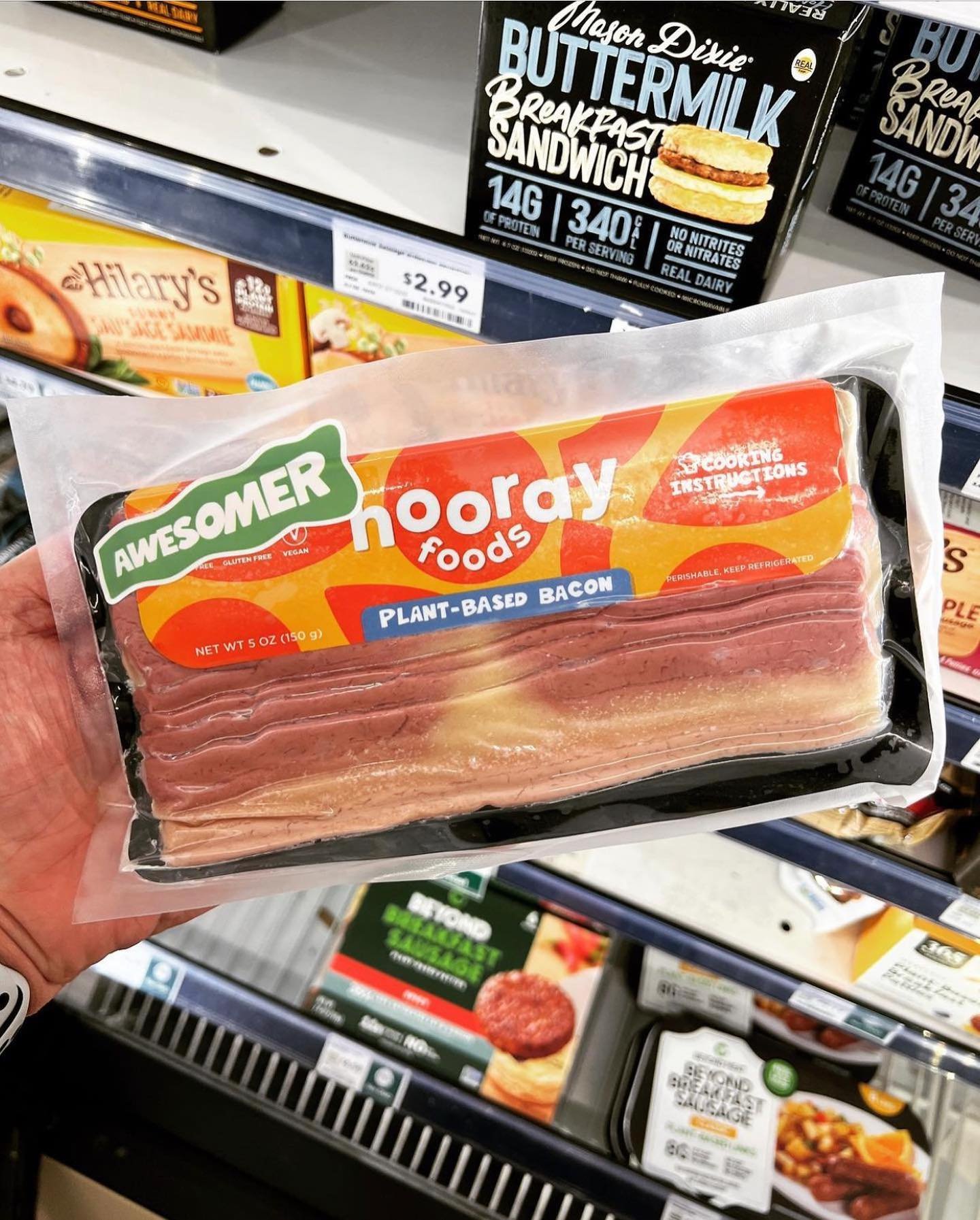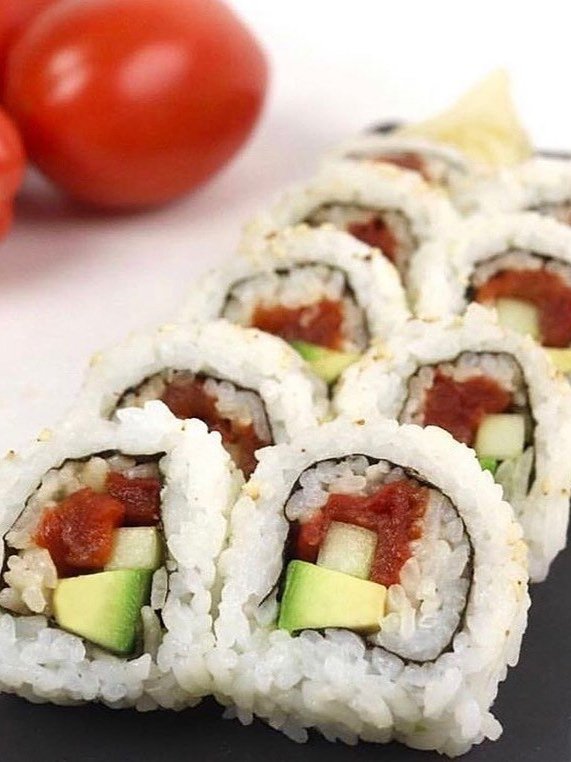Disclosure: Some of the links below are affiliated; we may earn a small commission if you click through and make a purchase. We only ever add brands & products we truly believe in. Thank you for supporting the brands who are making the fashion industry a better place!
The Best Alternatives to Amazon Shopping
Over the last few years, many people have opted not to purchase from Amazon anymore because of ethical issues. But, I’ll admit, it can be hard to stay away altogether. Sometimes I give up looking for a particular product on another website and take the Amazon plunge, but I know people who use it ALL THE TIME, and this post could be of great help! Especially with Amazon Prime Day around the corner…
Why You Should Avoid Amazon & Support Smaller sustainable Marketplaces
From hurting small businesses to the unethical treatment of warehouse workers, Amazon is in the news often. This trillion-dollar corporation makes over 2,500 thousand dollars per second, and supporting owner billionaires is just something that doesn’t sit well with me. So instead, I’d put my money into a smaller business helping people more like myself and those who care about people and the planet. Here is a helpful little list of the worst things Amazon has been accused of.
Fortunately, today, we have many Amazon alternatives that are way more sustainable and support small businesses all over the world. Every alternative to Amazon listed here offers unique, ethical & sustainable brands you will feel good about purchasing from!
Our Top Picks for Sustainable Amazon Alternatives:
1) Shades of Green
Great For | Home Decor, Kitchen & Dining, On-The-Go
This is the place for you if you are looking for products that have undergone rigorous evaluation. Shades of Green offers us carefully curated products that stand the test of time without sacrificing aesthetics. They believe in being as transparent as possible to make your shopping experience easy and trusting. No matter what product you choose, you will be sure to create a healthier living space at this stop!
2) Leaf’d
Great For | Home, Health & Beauty, Apparel, Accessories, Pet Products, Food
Leaf’d seriously gives Amazon a run for their money with their wide selection of products in just about every category you could need.
Every decision they make about what products to carry align with their values, which include authenticity, diversity, and inclusivity.
Plus, every purchase gives back to a non-profit organization.
3) Made Trade
Great For | Home, Furniture, Clothing, Shoes, Accessories, Gifts
Made Trade includes many different price points, sizes, styles, and values, so you'll surely fall in love with something no matter where you are in your sustainable journey. They ensure each product covers one {or more} values - Sustainable, Fair Trade, Heritage, USA Made & Vegan. Each value has a little symbol next to the product for easier shopping.
use code SUSTAINABLYCHIC for $20 off your first order of $150+
4) EarthHero
Great For | Clothing, Accessories, Kids, Home, Travel, Outdoor, Tech, Beauty, Pets
There aren’t many online shops that curate conscious goods as great as EarthHero. Their product list is comprehensive; you can shop anything from clothing to audio + tech. They even have an excellent section dedicated to zero-waste shopping. Plus, with every item purchased and reviewed, you can earn rewards towards future purchases.
use code sustainablychic10 for 10% off
5) Better World Books
Great For | New & Used Books
Do you remember the days when Amazon was just made for books? Well, now there is a socially conscious online bookstore to take its place. To this date, Better World Books has donated 26,502,000 books, $28,430,000 for literacy and libraries, and has recycled and reused 320,019,014 books! It is impressive what they have done for the world regarding education and saving books from landfill. Love it!
6) Credo
Great For | Beauty
Their mission is to change the beauty industry for the better since it is one of the least regulated consumer categories. Isn’t it crazy that companies can legally use known harmful chemicals - or ones that have not been evaluated?!
There is also so much Greenwashing within the beauty industry, but with Credo, you can trust everything is transparent, clean & safe for you to use and enjoy.
7) Blk & Grn
Great For | Beauty, Home, Grocery
This wonderful online marketplace is home to all non-toxic, Black-owned brands! Their Black artisans are carefully chosen by Black health experts who know what an authentic all-natural product looks like. Their approval process is rigorous & they don’t add anything unless it meets every requirement. They carry products from over 60 Black artisans, ranging from green beauty and skincare to wellness and health.
8) The Detox Market
Great For | Beauty, Wellness
Another amazing beauty marketplace, The Detox Market, keeps their ethos simple: no compromises. You can feel confident purchasing from this place because aesthetics is never the number one factor. They will not offer it on their site if performance is lacking or questionable ingredients are found. Their Banned Ingredients List is the strictest in the country, and no product will have any listed.
9) Grove Collaborative
Great For | Home Cleaning, Wellness
If you want cleaning products, this is the place to check out! Their sustainable home essentials are delivered right to your door with flexible monthly shipments.
By 2025, Grove has pledged to be completely plastic-free, switching everything to their ‘Beyond Plastic’. They also have an app for easier shopping, and everything is highly vetted before listing.
10) The Little Market
Great For | Gifts, Home, Accessories, Kids, Wellness
One of the sweetest little corners of the internet, The Little Market is full of wonderful Fair Trade products creating sustainable livelihoods for artisans worldwide.
This nonprofit fair trade shop features ethically sourced, artisan-made products with a unique story. Their mission is to believe that every person has the right to dignified jobs.
11) Safe & Chic
Great For | Beauty, Wellness, Pets, Baby, Home
Since 2015, Safe & Chic has been the premier destination for clean & cruelty-free beauty. They have over 2000 products and over 160 brands, from makeup to pet toys. Each product is free of parabens and has never been tested on animals. In addition, they have thoroughly researched thousands of products for safety and effectiveness and dedicated a lot of time to educating the public on harmful chemicals.
12) Simple Switch
Great For | Clothing, Home, Grocery, Travel, Outdoor
Simple Switch is out to help you cast your vote with each dollar you spend. With this sustainable online marketplace, every purchase you make has a positive impact. You can even shop based on certifications (like Fair Trade) and impacts (like supporting education) that matter most to you. So regarding your values and giving back, this is the best online shopping destination!
13) Ten Thousand Villages
Great For | Gifts, Accessories, Home
Ten Thousand Villages has been putting people and the planet first for over 70 years - and you may have even visited one of their shops in person before! More than just a store, this market-to-market movement is connecting us to some of the most talented artisans worldwide. Every product celebrates the culture and the planet, so you know not one is compromised for the other.
14) Thrive Market
Great For | Grocery, Wellness, Beauty, Kids, Pets
Thrive Market offers food made of real ingredients, safe for the environment, fairly priced, created for your needs, and delicious. They want to make sure everything that comes through your home is non-toxic, eco-friendly, affordable & effective - and they even go a step beyond for those who cannot afford this, and with every paid membership to Thrive Market, one goes to someone in need!
15) Uncommon Goods
Great For | Gifts, Home, Kitchen, Accessories, Kids
This is such a cool spot to find unique gifts. Their range of products are made by independent designers all over the world. They look for goods that serve a purpose, solve a problem, are handmade with exceptional craft and skill, use unusual or recycled materials, & make them wonder, "Why hasn't anyone thought of this before?" Truly a fantastic place to browse.
16) Obakki
Great For | Gifts, Home & Kitchen
We’re obsessed with Obakki’s collection of home goods—their pieces are so gorgeous! Everything is made by their artisan partners in small batches, from their Italian glassware collection to these stunning Japanese totem candles to these naturally-dyed and handwoven baskets. In addition to paying artisans fair wages for their craft, their non-profit Obakki Foundation allows them to give back even more.
MAKE SURE to PIN THE PHOTO BELOW TO SAVE THIS POST FOR LATER!
WANT MORE SUSTAINABLE BRANDS? VISIT OUR BRAND DIRECTORY!
Our Brand Directory is home to hundreds of sustainable brands, from makeup to cleaning supplies, from underwear to shoes. We have broken everything down by category for easy shopping, along with discount codes unique to Sustainably Chic viewers.


